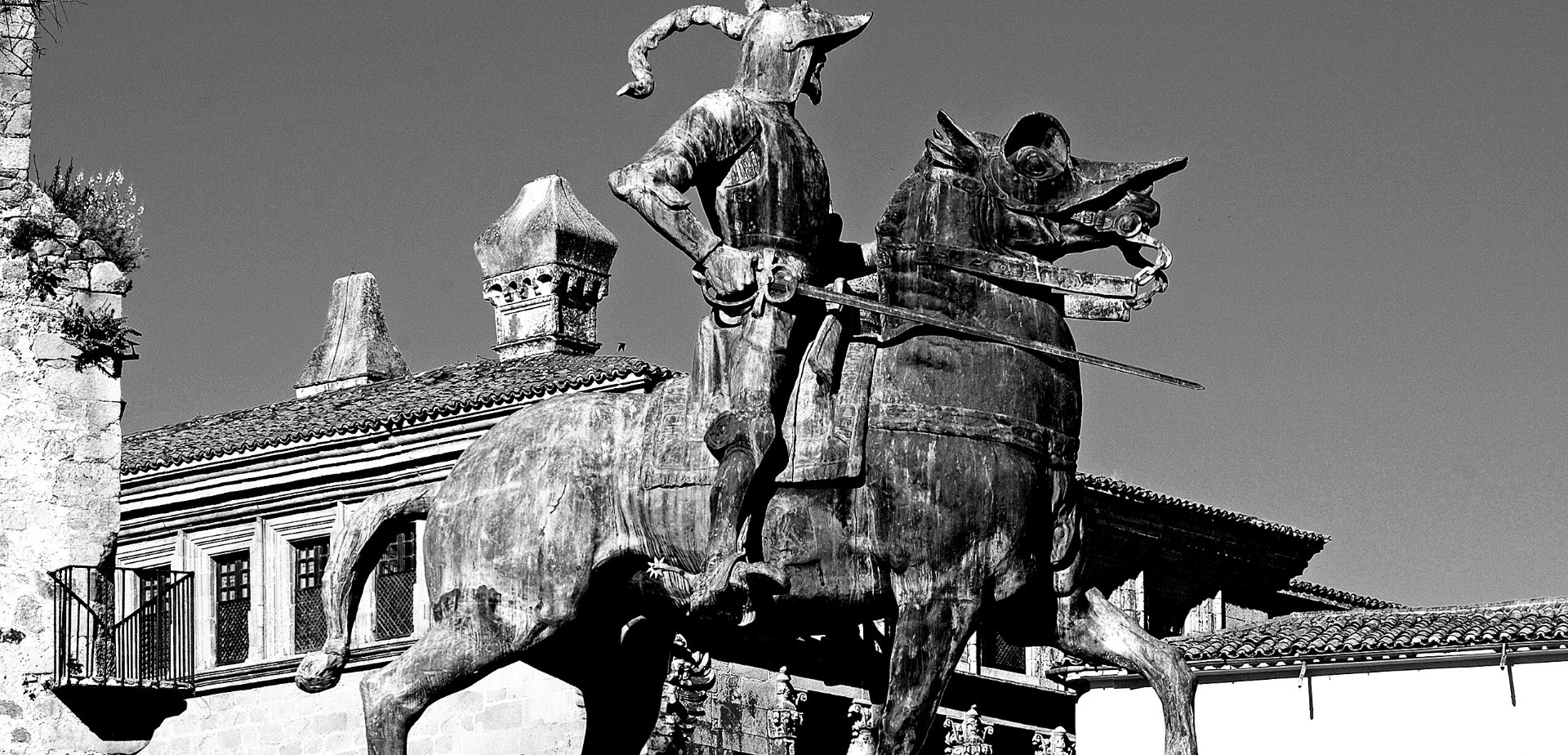Historical and scientific research
Today, historians believe that it was not the treasure of gold and silver that led to the legend, but Atahualpa himself.
In order to crown a new Incan emperor, it was necessary to do so near Atahualpa’s remains.
But the corpse disappeared after the execution.
While going through old testaments and biographies, historians found indications that the traces led to a very remote area within Ecuador: Sigchos.
This piece of land, located between the Illinizas volcanoes and the famous crater lagoon of Quilotoa, is still very rural to this day, but several traces lead to this place.
Machay, a name for an Incan burial site, is found nearby.
Malqui, a name for a mummy as well.
And sure enough, nobody would name a place Malqui-Machay without reason.
Still, after numerous archeologists, anthropologists, and historians that roamed the region for more than a decade, Atahualpa and/or his treasure remain undiscovered.

